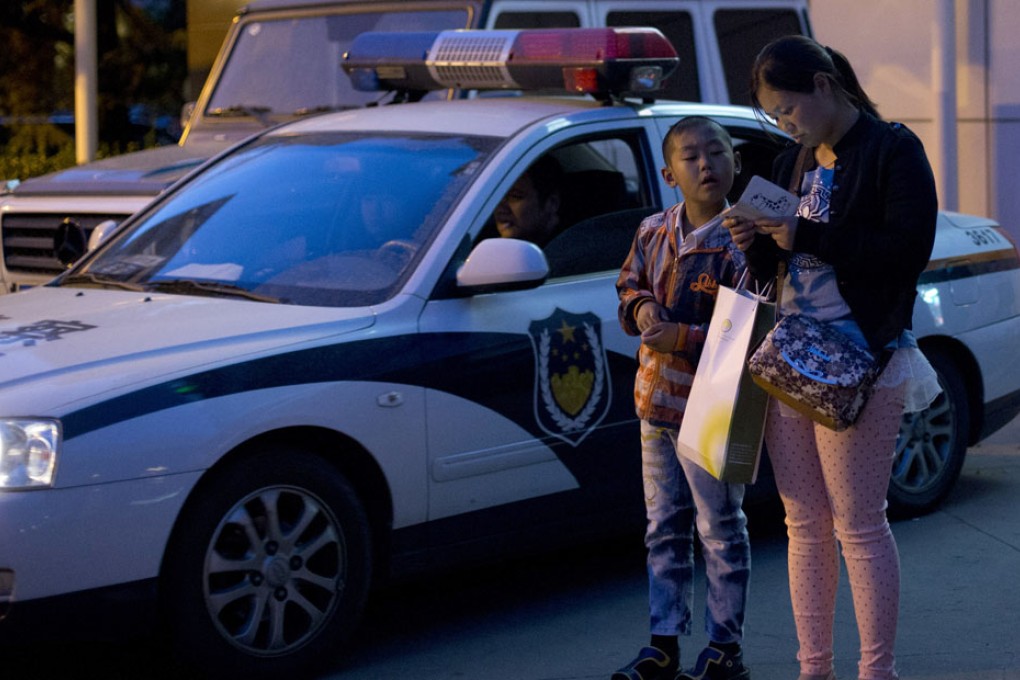Upgraded technology can help avert disasters like flight MH370
The Malaysian government's preliminary report into the disappearance of the still missing flight MH370 was never going to appease the relatives of the 239 people on board the plane.

The Malaysian government's preliminary report into the disappearance of the still missing flight MH370 was never going to appease the relatives of the 239 people on board the plane. Malaysia Airlines' decision that it would no longer provide accommodation to next-of-kin and friends staying at its expense at hotels while they awaited word of the aircraft's fate was guaranteed to cause fresh anger. The sense of despair was only going to be increased by the simultaneous announcement that advance compensation payments would soon be made. Those are the inevitabilities when an emergency is mishandled and two months later, the mystery remains unsolved, despite the best efforts of search teams.
There is nothing comforting about the report. At just five pages, it is several times thinner than those for other recent aircraft disasters and consequently, short on detail. Disturbingly for the families, it confirms the search did not begin until four hours after the last conversation between the Boeing 777 and air traffic controllers. During that time - and for weeks later - there was confusion and misleading information.
An airline official believes the plane ran out of fuel about 7-1/2 hours into the flight from Kuala Lumpur to Beijing, probably over the Indian Ocean after it changed course to the west. That makes those four hours of lost time of crucial importance, highlighting the flaws of regional and global tracking networks, aircraft safety and emergency procedures. But that does not explain how, in so technologically advanced an era, a passenger plane could be lost without trace. The public outcry and concern is understandable and airlines, aircraft manufacturers and regulators have to upgrade technologies and improve safety procedures so that they know at all times where their planes are and if something is amiss.
The search has to continue. Relatives have to be realistic, though; their loved ones may never be found. But there is one certainty: the best efforts have to be made to ensure that there can never again be such uncertainty over an air emergency.